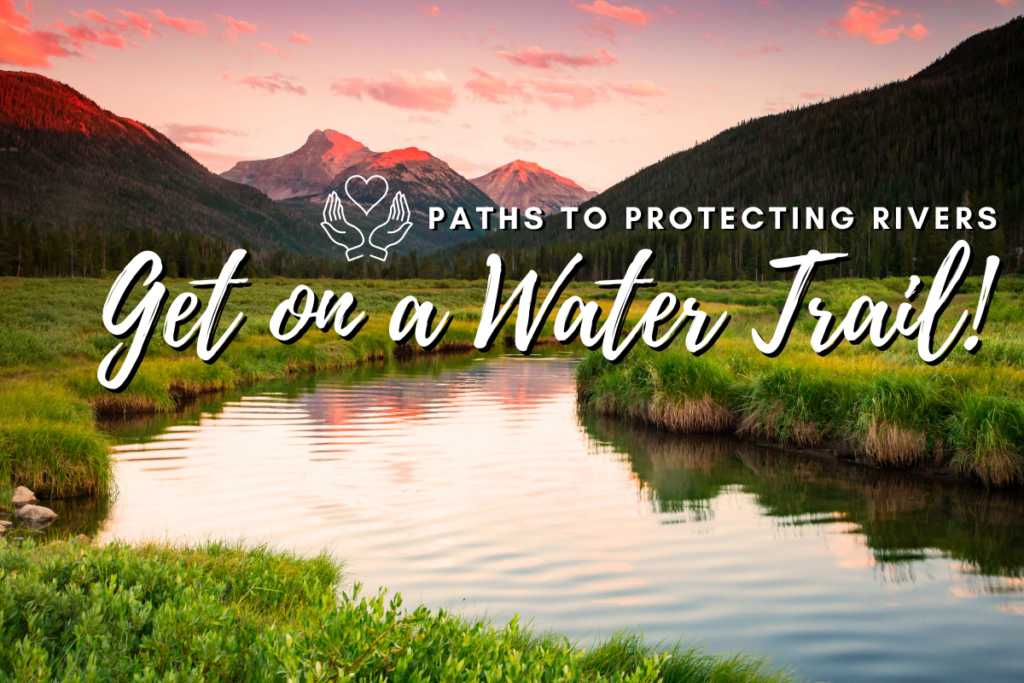
Paths to Protecting Rivers – Get on a Water Trail!

It is late winter, edging into early spring in Manitoba, Canada. The closure of the Centennial River Trail on the Red and Assiniboine Rivers in Winnipeg was just announced. Popular in any winter, during a pandemic winter, thousands flocked to the skating trails, walking paths, cross-country ski tracks, mini hockey and curling rinks as well as the warming huts and public art on the ice. Neighbours collaborated to add additional recreational fun on the rivers. However, in mid-February unseasonably warm weather caused a combined sewer overflow of meltwater mixed with raw sewage onto that section of the Assiniboine River. The disgust and outrage of local residents illustrates how important recreation and water trails can be in protecting rivers.
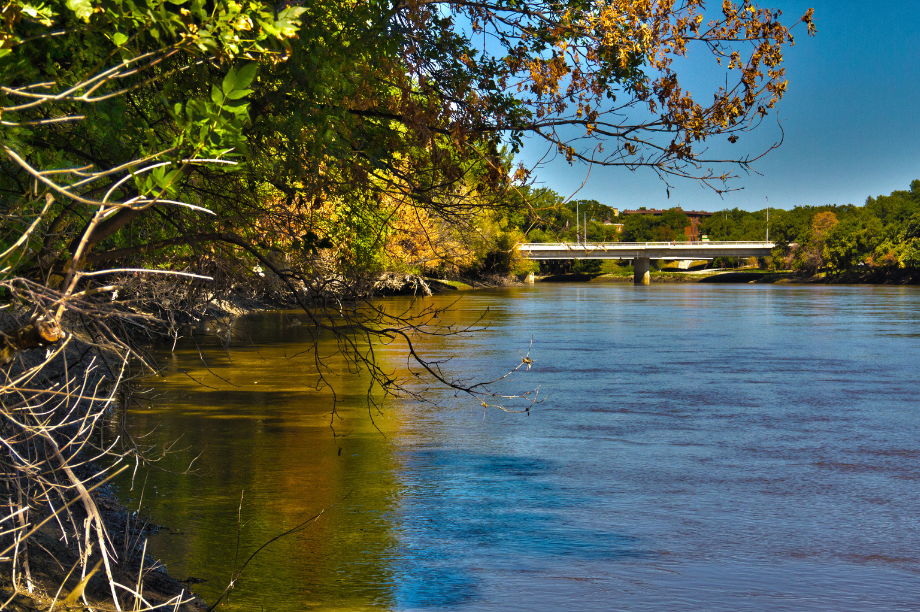
Recreation’s Role in Protecting Rivers
The Canadian Heritage River System (CHRS) showcases 40 rivers selected nationally for their outstanding natural, cultural and recreational heritage. CHRS recognizes, celebrates and facilitates the management and conservation of 10,000 km of rivers.
We celebrate the importance of river heritage, from Indigenous peoples, to voyageurs and settlers, from industry and the economy, to our rich, natural landscapes.
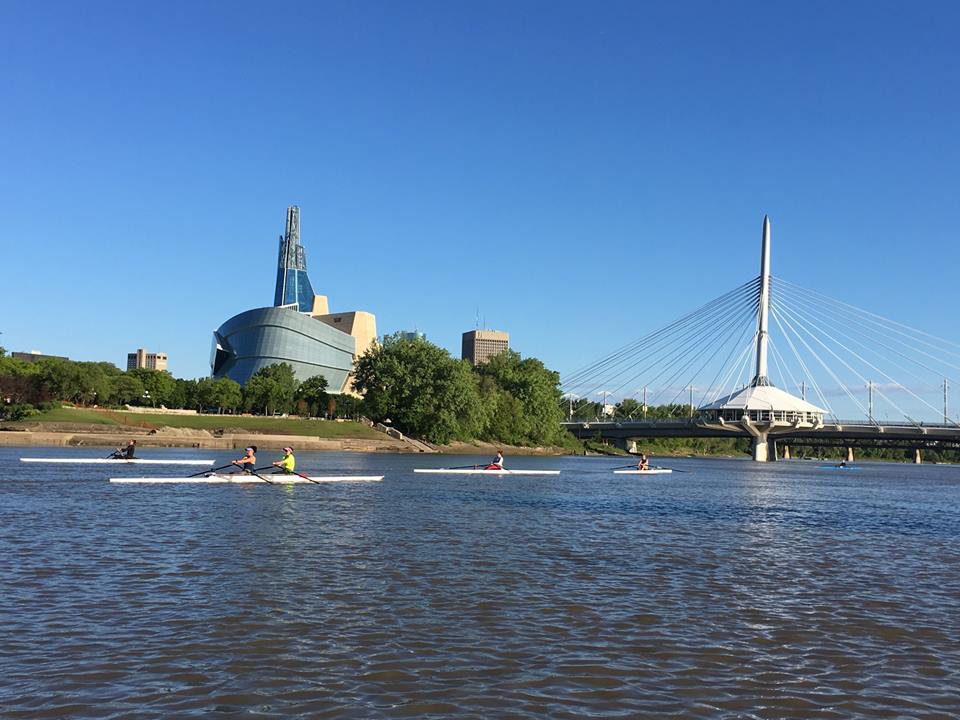
The Red River is one, having met criteria regarding natural heritage, cultural heritage and recreational heritage. I see that the winter trail is listed as a recreational value. So is my rowing club. Telling the story of rivers, and bringing people to enjoy, learn and appreciate them contributes to protecting rivers. As Jacques Cousteau famously said, people protect what they love. Which is why rowers work to protect oceans. But back to rivers.
Canada is not unique in valuing and protecting rivers, including for their recreational attributes. Australia is contemplating a heritage river system too. In the United Kingdom, the Rivers Trust recognizes the importance of rivers in providing drinking water, irrigation, recreation and wildlife habitat. American Rivers identifies its mandate as protecting wild rivers, restoring damaged rivers and conserving clean water for people and nature. Echoing language from Canada, the National Wild and Scenic Rivers System was created by Congress in 1968 to preserve certain rivers with outstanding natural, cultural, and recreational values. There are three levels of designation: wild river areas, scenic river areas and recreational river areas. The American rafting company OARS mentions the organization and four others in a blog post about river conservation – it is not a surprise that all five rivers identified are locations where they run tours. Protecting rivers and using and enjoying rivers go hand in glove.
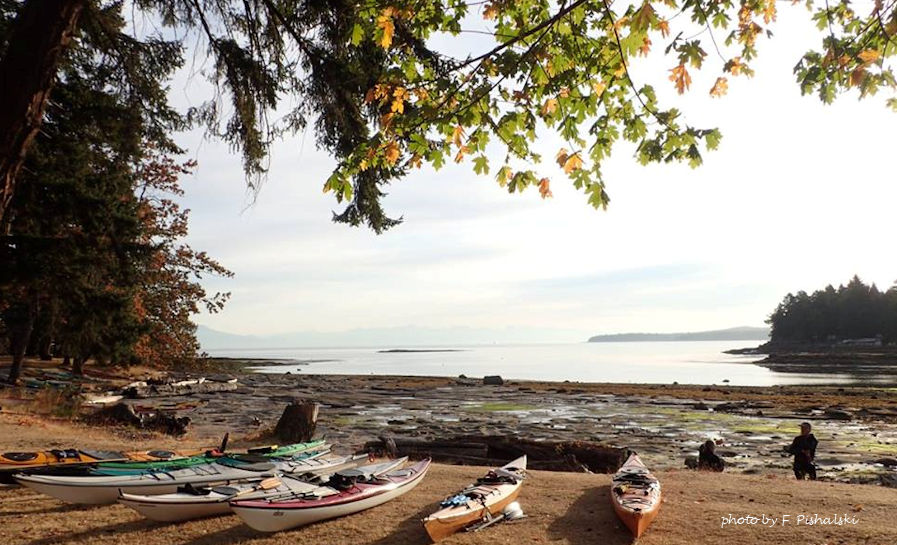
What about Water Trails?
If you ask Google “What is a water trail?”, we learn from Wikipedia they are marked routes on navigable waterway such as rivers, lakes, canals and coastlines for recreational use, primarily for non-motorized watercraft. No mention of conservation, but another link on that search page from the River Network clearly connects water trails with protecting rivers. Water trails are sometimes known as blueways. When you google that, a network in Ireland pops up, plus my favourite, Canada’s Great Trail.
Let’s explore some water trails, regardless of what they are called and whether they offer an explicit stewardship aspect or not. When you start looking, it is remarkable how many water trails have been established. Apparently there is such a thing as “paddle tourism” – although as a rowing tour operator I would prefer a broader designation.
The Trans Canada Trail, rebranded as the Great Trail, criss-crosses the country for 24,000 km of greenways, roadways and waterways, clocking in as the world’s longest trail. Close to my heart and billed as passing through the heart of the continent, the Path of the Paddle connects NW Ontario and Manitoba, following a voyageur fur trading route. 1,200 km of paddling long enough for you? Another favourite water trail section of the Great Trail is the Salish Seas Marine Trail on the west coast of British Columbia.
While Canada may have more rivers, lakes and coastline, the USA has done an admirable job of establishing water trails and blueways. For example, there is the San Francisco Bay Area Water Trail in California or The Tip of the Thumb Heritage Water Trail in Michigan. Many have heard of Lewis & Clark, but what about Captain John Smith, celebrated in the Chesapeake National Historic Trail? Although known more for deserts and droughts, Australia promotes water trails such as on the River Murry, or our favourite, the Clarence River in northern NSW.
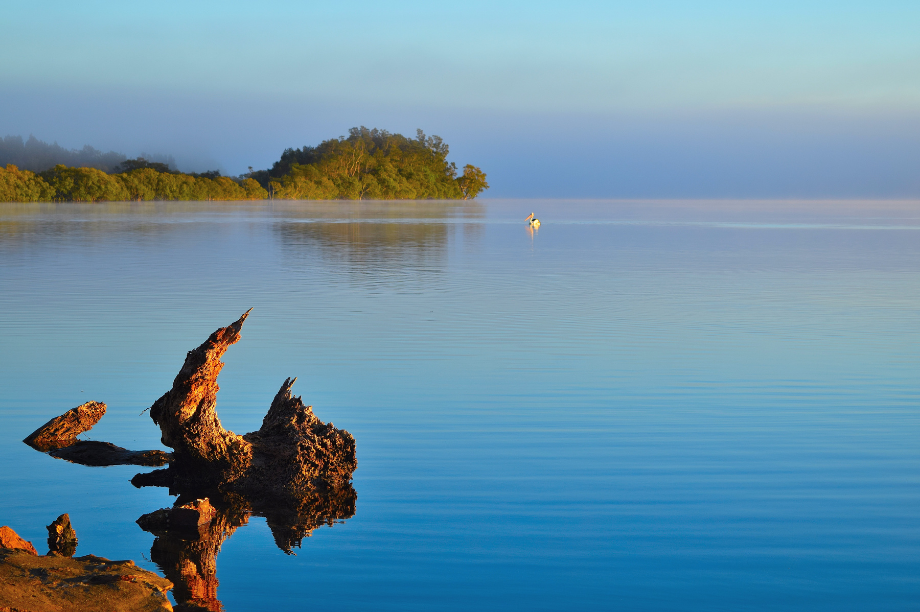
Why Getting on a Water Trail Helps in Protecting Rivers
Clearly there are many opportunities to explore rivers and other waterways which have been designated as water trails. I have had the pleasure of rowing or paddling on some of these. That pleasure aspect is key to how water trails contribute to conservation. They get us outside and connect us to our history and culture, or facilitate us learning about the natural, cultural and historical heritage of the places that we travel to. Even when there is a problem, like the combined sewer overflow onto the ice of the Assiniboine River, there is an educational aspect. News stories talked about the necessary challenges of upgrading the wastewater treatment system in our city.
Seek out and learn about waterways in your region or in destinations that you dream of travel to. Many blueways have stewardship groups. Consider volunteering with a local group or making a financial contribution to support their education and conservation efforts. But above all, go there and enjoy!